What Causes Water Emergencies?
Posted by admin on Sep 8th 2021
For Multipure, Emergency Preparedness means making sure you always have a source of clean drinking water available during disasters and emergencies. Water is essential to survival, and clean water is a top priority when you cannot rely on the healthfulness of your tap water. Given the need for a clean water supply during disasters, the question then becomes, “What causes water emergencies?”
Simply put, a water emergency is an event that disrupts the normal supply of clean water to your home. Water emergencies can occur through a variety of means, both natural and man-made, and often happen through unforeseen circumstances.
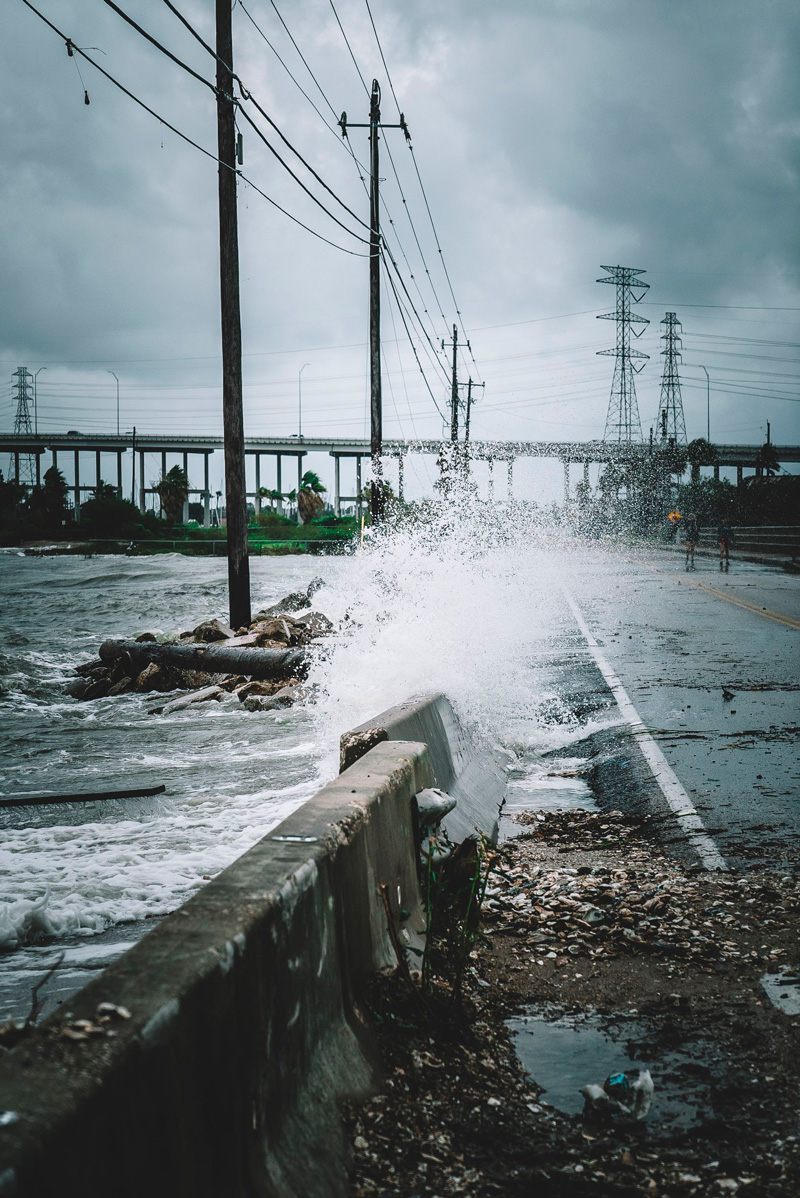
Water Emergencies Caused by Natural Disasters
- Earthquakes can damage water pipelines, water treatment facilities, sewage lines, and irrigation canals.
- Hurricanes can overflow and flood rivers, lakes, water reservoirs, sewage lines, and irrigation canals.
- Storms can cause contaminant runoff from roads, landfills, and sewers to enter water supplies.
- Certain climate conditions can cause the formation of algal blooms in water reservoirs, contaminating water supplies with toxic cyanobacteria.
Water Emergencies Caused by Human Influence and Infrastructure
- Power outages or system malfunctions at water treatment and waste treatment plants can cause the established system to fail, allowing contaminants to enter the water supply.
- Damaged or decaying water pipes can cause contaminants to enter the water supply, or can add contaminants to the water supply through the pipes themselves.
- Mining and fracking may contribute excessive levels of contaminants to the water supply.
- Overtaxed sewage lines can rupture or spill, causing hazardous waste to enter the water supply.
Water emergencies do not have to be large-scale occurrences. Personal water emergencies can occur in a house or building. Clogged or damaged plumbing in the home or office can cause contaminants to enter the water coming out of your tap, either from external contamination or from the material of the damaged pipes.
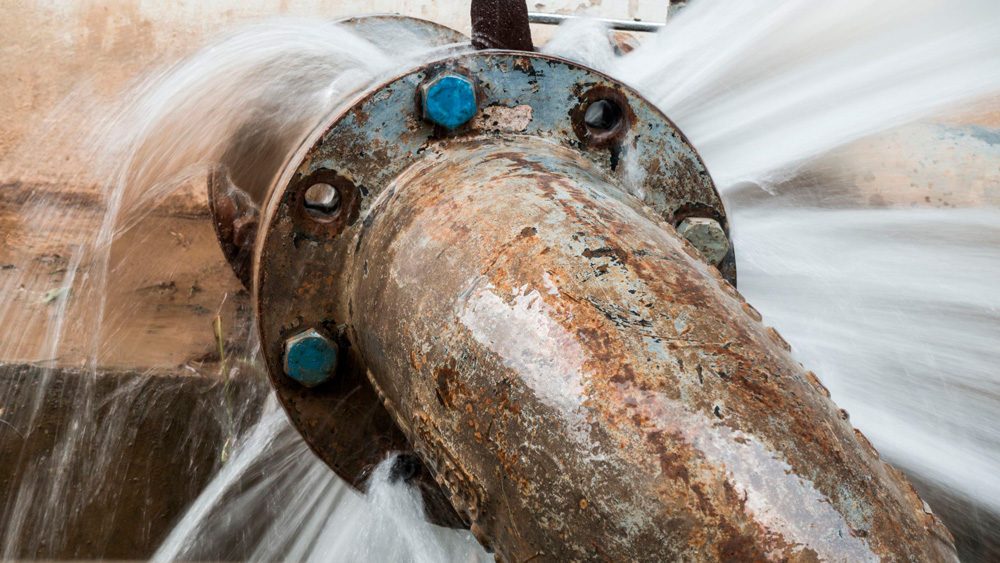
Small-scale (i.e., non-municipally-treated) water supplies can be especially vulnerable to water emergencies. Hurricanes and tropical storms can contaminate water catch basins and wells through blown debris. Flooded agricultural irrigation systems can contaminate local wells and streams with harmful pesticides, herbicides, and organic waste. Dug wells, springs, or lake reservoirs are prone to contamination from dumped garbage or floodwater-carried ground contaminant runoff.
The dangers with large scale emergencies – often synonymous with natural disasters – is that their effects on water supplies occur through multiple points of impact. With earthquakes and hurricanes, they can:
- Directly contaminate water supplies through dirt, floodwater, and debris.
- Damage water and sewage lines, causing contaminants to spread through the water supply.
- Damage water treatment facilities, impacting the ability of the municipality to protect and treat the water supply.
Contaminants Commonly Found During Water Emergencies
- Giardia – a parasite found in soil, food, or water that has been contaminated by human and animal fecal matter; causes the intestinal disease giardiasis, whose symptoms include fatigue, cramps, and diarrhea.
- Legionella – a bacteria that often spreads through water droplets in baths, showers, pools, and hot tubs; causes Legionnaires’ Disease, a lung infection whose symptoms include cough, shortness of breath, fever, muscle aches, headaches, diarrhea, nausea, and confusion.
- Norovirus – a virus that spread easily from person to person, and through contaminated foods, water, and surfaces; symptoms include diarrhea, nausea, vomiting, and stomach pain.
- Shigella – a bacteria found in soil, food, and water, and that can spread through contact with infected people and surfaces; causes shigellosis, whose symptoms include diarrhea, fever, and stomach cramps.
- Campylobacter – a bacteria commonly found in water contaminated by animal feces as well as through contaminated seafood, meat, and produce; causes campylobacteriosis, whose symptoms include diarrhea, fever, stomach cramps, nausea, and vomiting.
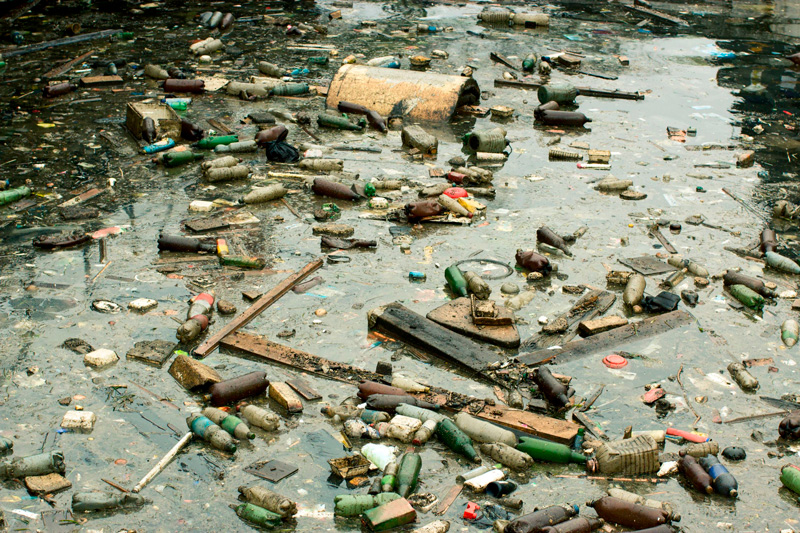
What is so dangerous about water emergencies is that the clarity – the clearness – of the water may not change from the presence of contaminants in the water. In some cases, water contaminated with an abundance of sediment in addition to other contaminants may come out of the tap brown or cloudy. But water contaminated with lead, for example, may be visibly indistinguishable from uncontaminated water.
How to Determine If There Is a Water Emergency
Municipal water suppliers are required by the Safe Drinking Water Act to notify their customers if their water may not be safe to drink. In cases of microbial contamination – such as the presence of cyanobacteria from algal blooms – the municipality may issue a “boil water advisory,” suggesting that people bring water to a rolling boil for at least one minute, then letting it cool before drinking the water or using it for cooking or cleaning. In other incidents, the municipality may issue a “do not drink” notice letting people know that the water is unsafe at all to drink until they resolve the water emergency.
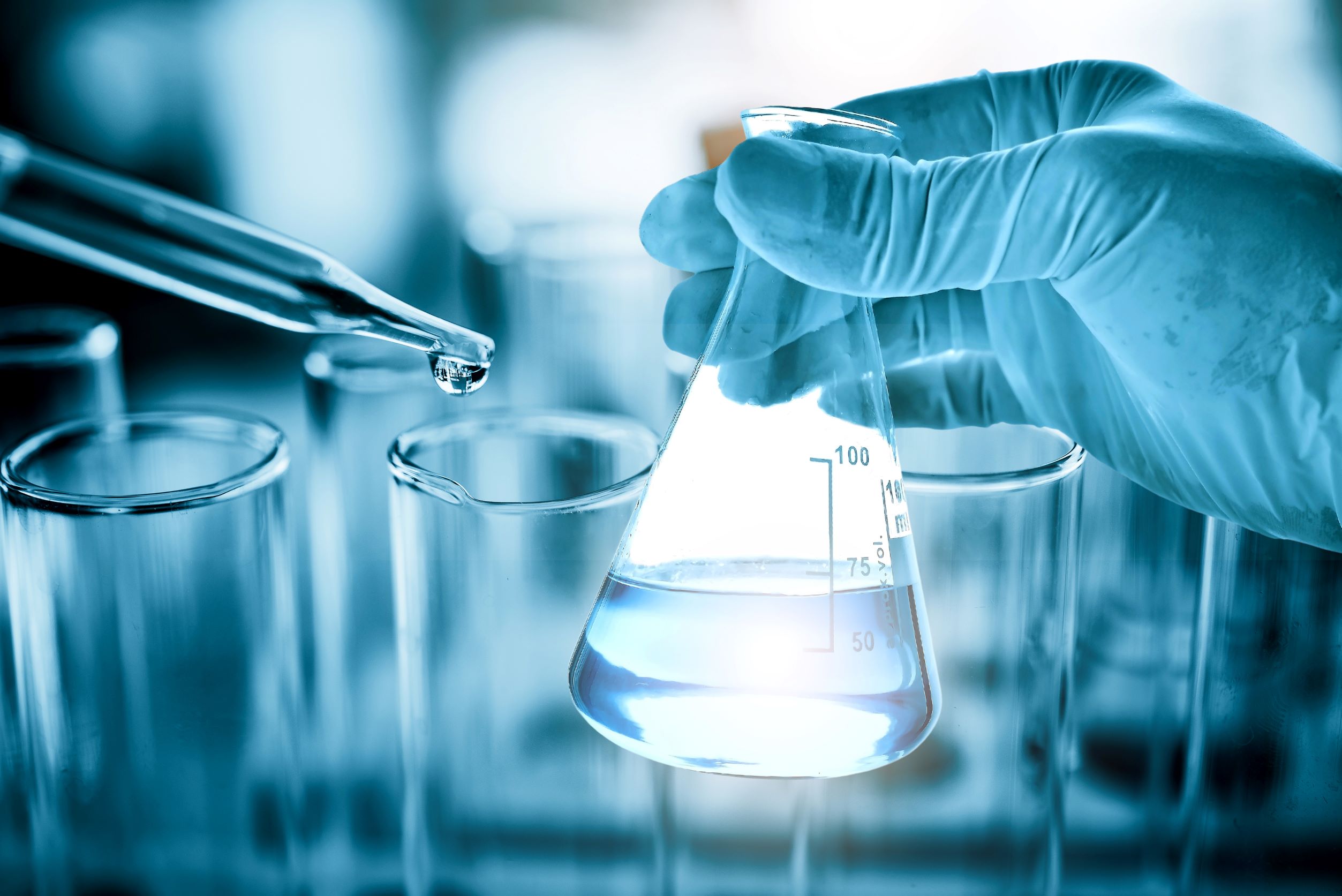
For non-municipal water customers, regular testing of the water supply is necessary to determine if it is safe to drink. If your non-municipal water supply (e.g., a private well) has been tested as safe for consumption in the recent past, the best way to be prepared for a water emergency is to be aware of changes in local conditions that might warrant an immediate test of the water. Earthquakes, hurricanes, landslides, and floods would be extraordinary conditions that would warrant a test of the water supply to determine if it has been compromised.
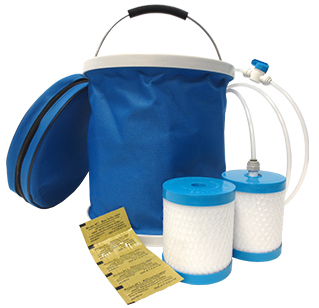
Water emergencies can occur at any time, and often with little warning. In some situations – such as with hurricanes and tropical storms – you may get some advanced notice of their path and destructiveness, giving you an indication of the potential for an impending water emergency. Other times, such as with earthquakes or unexpected infrastructure damage, there is no time to provide advanced notice of a water emergency. In all types of situations, the best thing for you and your family is to be prepared ahead of time, by ensuring that you embody the advice of National Preparedness Month and have a plan and resources at hand for when disaster strikes. Remember that something as simple as having a Multipure WET System in your home is a good way to ensure a safe water supply during emergencies.
References
- “Water Emergencies.” DrinkTap.org. Last accessed September 3, 2021. https://drinktap.org/Water-Info/Questions-About-Water/Water-Emergencies
- “Study Session 14 Water Emergencies and Emergency Water Supply.” OpenLearn Create. Last accessed September 3, 2021. https://www.open.edu/openlearncreate/mod/oucontent/view.php?id=80358
- “Water Supply.” World Health Organization.
- Wisner, Ben, and John Adams. “7. Water Supply.” Essay. In Environmental Health in Emergencies and Disasters: A Practical Guide, 92–104. Geneva: World Health Organization, 2002.
- “Water-related Diseases and Contaminants in Public Water Systems.” Centers for Disease Control and Prevention. April 7, 2014. https://www.cdc.gov/healthywater/drinking/public/water_diseases.html

